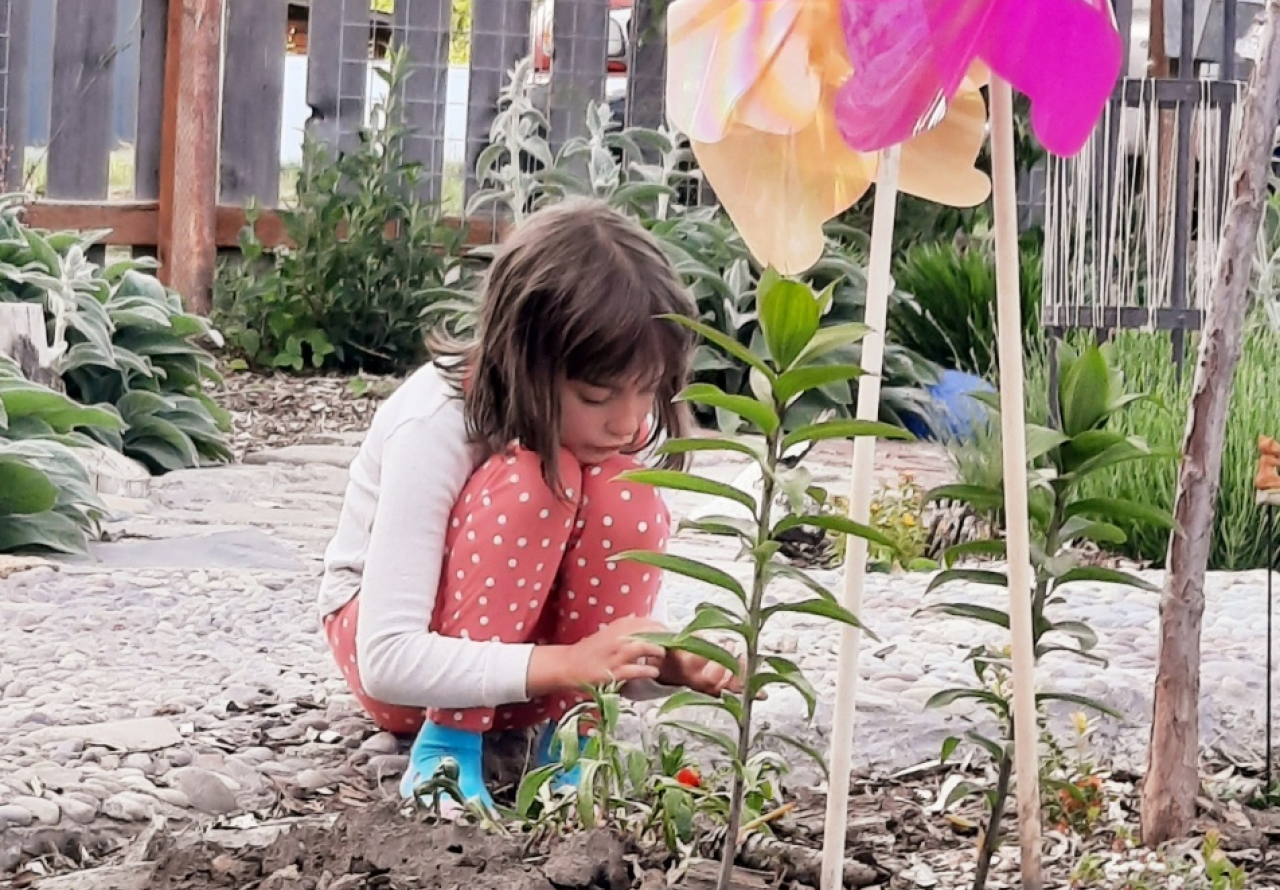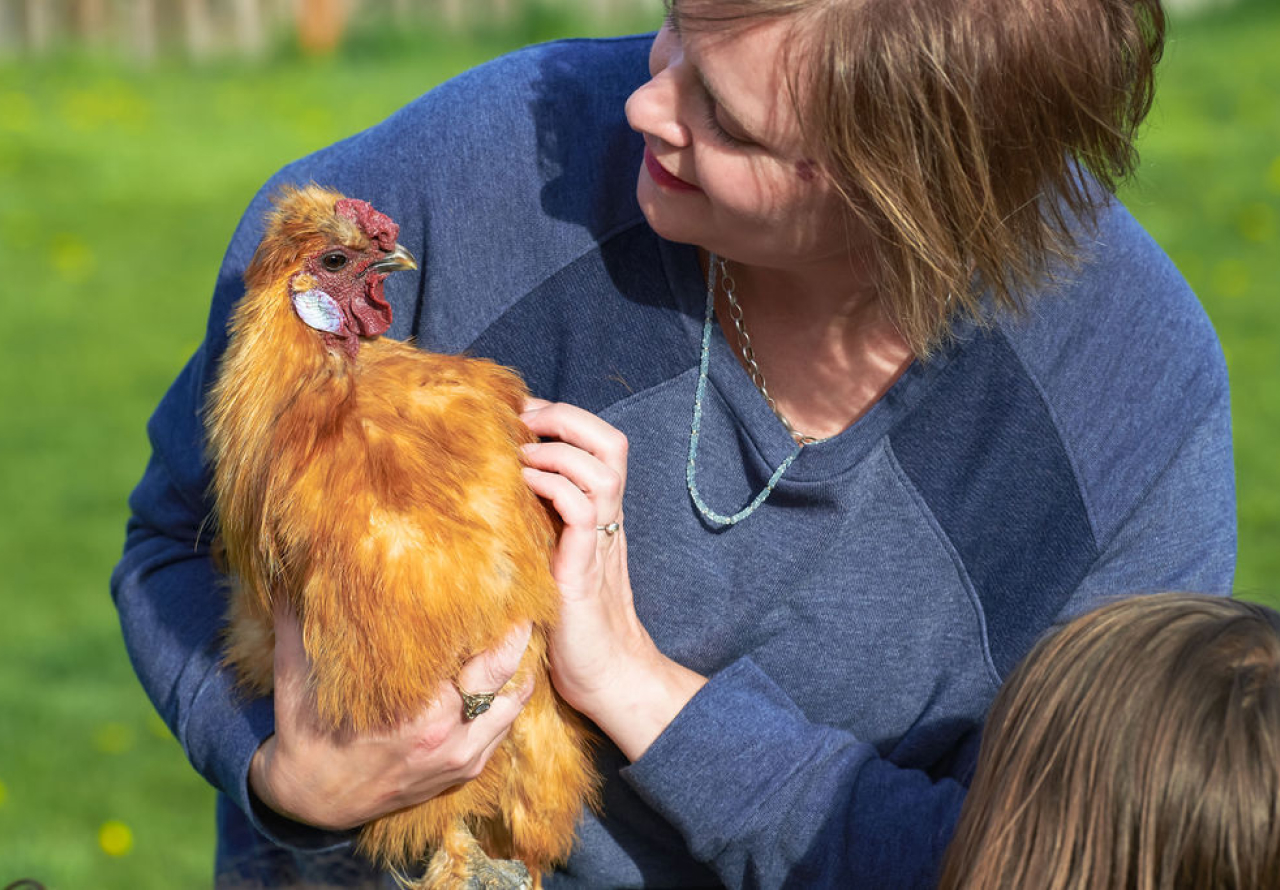
Aaaaaaaaaaaahhhhhhhhhhhhhhh! Smells like NATURE PLAY!
Let’s explore our fascinating olfactory system and all those wonderful scents, fragrances, aromas, and odors that emanate from outdoor play and learning.
Our sense of smell transcends time and space. This sense is connected with our memory, and one whiff of a particular scent transports us back in time to when that memory was created.
For me, the subtle, fleeting scent of peonies reminds me of instantly my grandfather, Julius, and my time spent at his rural farmhouse. When he wasn’t doing dairy farming, he was growing the most amazing, colorful flower gardens, which included masses of peonies. As a youngster, I used to bury my face in them and inhale deeply, comparing the fragrances of the different colors.
The sense of smell closely connects us with nature, literally. As I just mentioned, when we smell a flower, we put it up close to our face. We breathe it in. We inahle all the amazing smell molecules and they become part of us. The scent, beauty, and energy of the flower is gifted to us through our breath. We roll the leaves of the plant, crushing it, to make the smell even stronger. Through this interaction, our experience elevates.
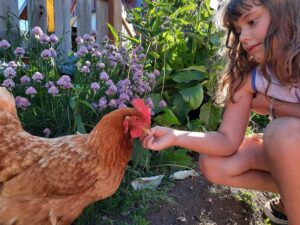
Nothings says “aroma” like farm animals! Caring for creatures is a multi-sensory experience and a way for kids to learn compassion and caring for others.
Adding different aromas to a play area can be done through fragrant plantings, water and sand play areas, areas where kids can dig in the soil, and compost areas (yes, kids like funky smells, too).
Signage can be helpful to communicate the use of the space, especially for kiddoes with autism and other neurodiversities who may deduce the sensory potential. Consider adding a little sign that says “Smell Me” so kids understand the purpose and are encouraged to explore their senses in this way.
To boost social skills and communication, ask them to describe what it is they’re smelling. Ask it how it makes them feel. Encourage them to expand their vocabulary beyond “good” or “bad”. Ask them how one plant’s smell compares with another’s. Have a conversation about it. You never know what you might learn.
So, with the olfactory system in mind: How many ways does your kiddos’ play space delight their sniffer? What else can you add to make it a fuller bouquet of aromas? Go experiment!
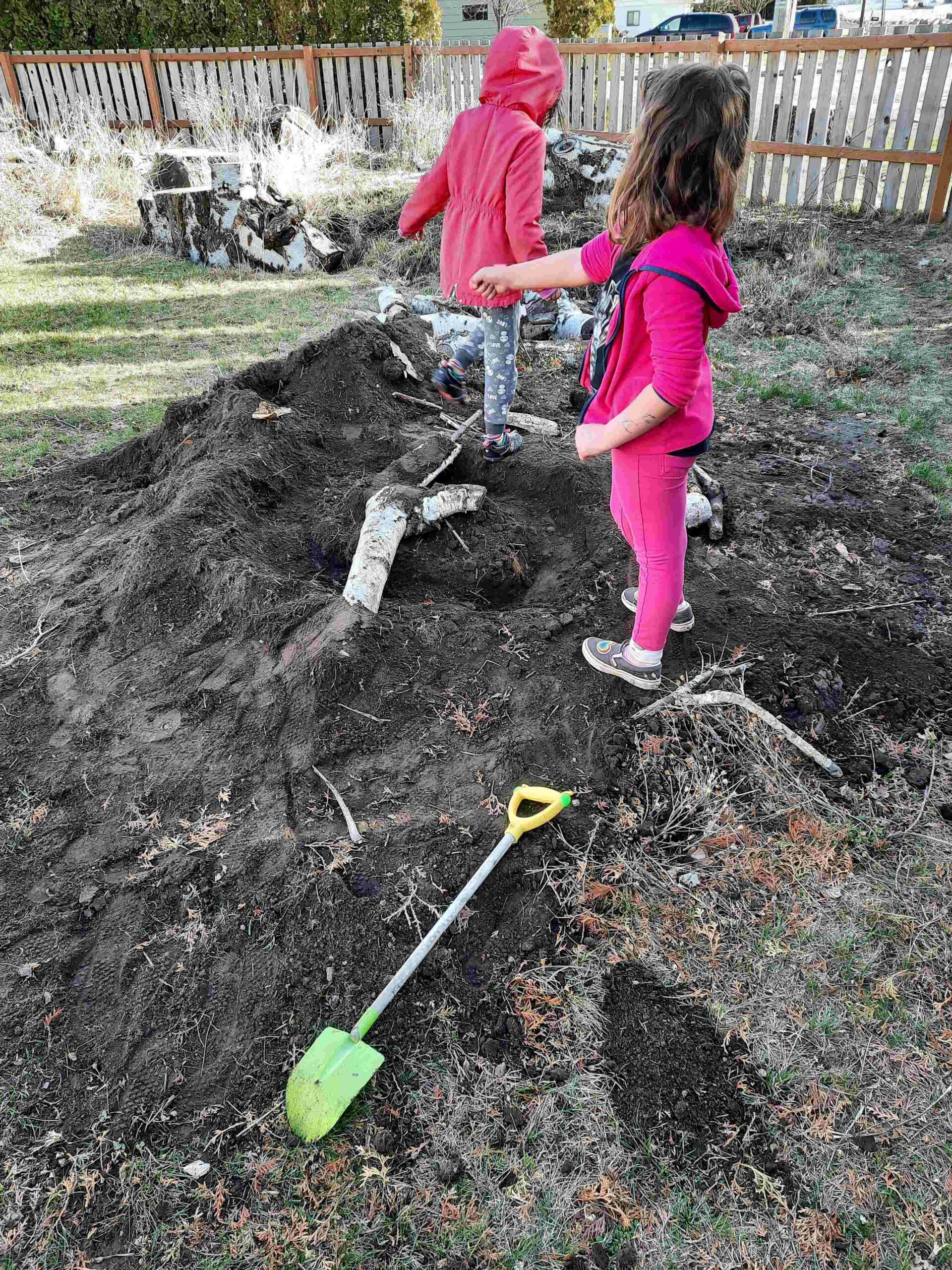
Digging is in the earth is one of the best multi-sensory activities kids can do. We are innately drawn to the smell of earth.
My girls had one of their little friends over for a play date. We were all out goofing around in our little sensory garden.
This little gal was zipping around, every once in a while stopping to smell this flower and that.
She flitted over to a chocolate cosmos plant and gently touched her nose to one of the decadent brown daisy-like blossoms.
I will never forget the look of sheer delight and surprise on her face!
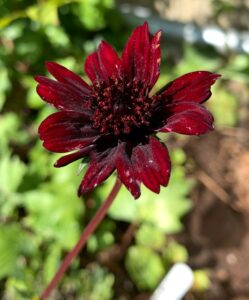
The magnificent, chocolate-smelling Chocolate Cosmos. No playscape should be without.
“This smells like a Hershey bar!!!” She gathered up my girls to share in the novelty of her unexpected, profound discovery.
The list of plants with amazing aromas is a very, very long one. Here are a few of my favorites that will turn your kids into hound dogs as they track down their favorite scents:
Chocolate cosmos (Cosmos atrosanguineus), hardiness zones 9-11
This incredible flower, as I already mentioned, has an extraordinary fragrance. Smelling of sweet chocolate it’s sure to be a favorite! An annual in my climate, I treasure this plant for the time I have it, and then replant again the following spring.
24” tall x 18” wide
Scented geraniums, hardiness zones 10-11
Mostly grown as annuals, scented geraniums come in dozens of different fragrances: apple, mint, chocolate mint, orange, lemon, citronella, rose, apricot, lime, peppermint, cinnamon, cedar, and more. I grow mine in containers and bring them inside when temps drop. I. LOVE. THESE. PLANTS.
Grosso lavender (Lavandula ‘Grosso’), hardiness zones 6-10
Lavender is known for its aroma-therapeutic properties and is one of the most popular fragrances in the world. This French lavender variety is used in fancy perfume concoctions because of its exceptional fragrance. The flower spikes are longer and more graceful than English lavender.
24” – 36” tall and wide
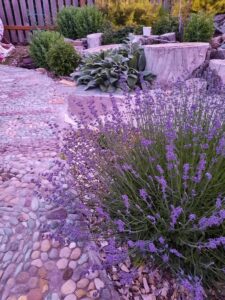
Lavender is a fabulous plant for children’s spaces because of it’s multi-sensory qualities, including its renowned fragrance.
Lilacs, hardiness zones 2-7, depending on the variety
These hardy shrubs perfume the spring air with their heady, sweet scent. It’s a crying shame that their bloom time is so stinkin’ short-lived. Not all lilacs are equally fragrant. For the most potent experience, I recommend ‘Miss Kim’ (lavender blue bloom, 6’ tall and wide), ‘Sensation’ (purple and white bloom, 10’ tall x 6’ wide), and ‘Maidens Blush (pink blooms, 8’ tall and wide).
Reine des Violettes Climbing Rose, hardiness zones 5-11
This nearly thornless rose is perfect for play spaces. Plant them to ramble along a fence or blanket a pergola. This rose produces highly fragrant, violet-colored flowers all summer long.
Climber to 10’ tall
Vanilla Spice Summersweet (Clethra alnifolia ‘Vanilla Spice), hardiness zones 4-9
The sweet-spicy fragrance of this summersweet will attract both children and pollinators! This low maintenance plant features whimsical white bottlebrush-shaped blooms all summer long.
3’-5’ tall and wide
Check out my eBook, Nature Play for the 7 Senses: A Parent’s Guide for Natural PLay & Learning Spaces for ALL Children
